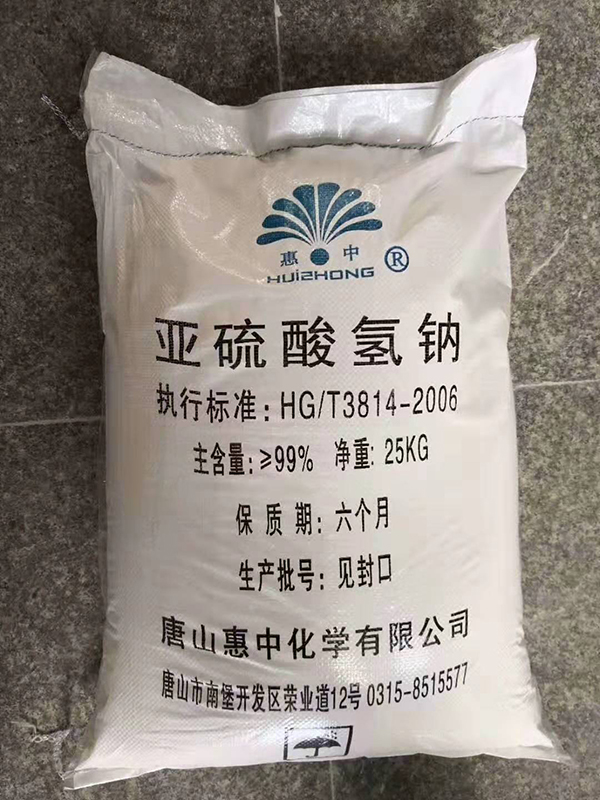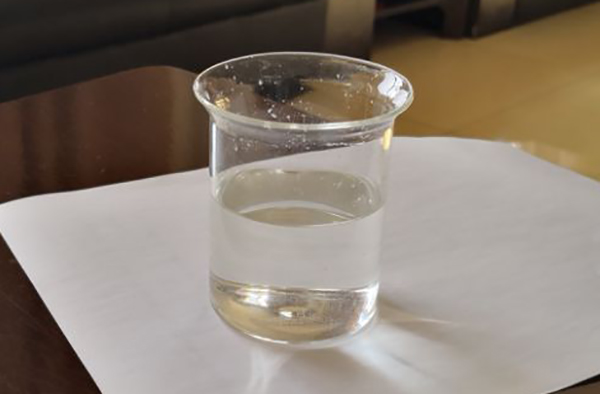What are the hazards of the identification of anhydrous sodium sulfite
(1) The aqueous solution of anhydrous sodium sulfite (1→10) is alkaline, and the solution shows the identification reaction of sulfite.
(2) An aqueous solution of anhydrous sodium sulfite shows the identification reaction of sodium salt.
Check: the clarity and color of the solution, take 1.0g of this product, add 20ml of water to dissolve, the solution should be clear and colorless. Take thiosulfate 1.0g of this product, add 15ml of water to dissolve, add 5ml of dilute hydrochloric acid, shake well, let stand for 5 minutes, no turbidity should be produced.
Iron salt
Take 1.0 g of anhydrous sodium sulfite, add 2 ml of hydrochloric acid, evaporate to dryness in a water bath, dissolve in an appropriate amount of water, and check according to law. Compared with the control solution made of standard iron solution 2.0 ml, it should not be deeper (0.002%).
Heavy metal
Take 1.0 g of anhydrous sodium sulfite and check it according to law. Heavy metals must not exceed 20 parts per million. Arsenic salt Take 0.5g of this product, add 10ml of water to dissolve, add 1ml of sulfuric acid, steam on the sand bath until white smoke comes out, let cool, add 21ml of water and 5ml of hydrochloric acid, according to the law, it should meet the regulations (0.0004%).
Determination of content: Take about 0.20g of this product, weigh accurately, add 50ml of precise iodine titration solution (0.05mol/L), stopper, shake to dissolve, and place in a dark place for 5 minutes. Titrate with sodium thiosulfate titration solution (0.1mol/L). When the end point is reached, add 1ml of starch indicator solution and continue titration until the blue color disappears. Correct the titration result with a blank test. Each 1ml of iodine titration solution (0.05mol/L) is equivalent to 6.302mg of sodium sulfite.

Dangerous category of anhydrous sodium sulfite:
Invasion route: inhalation, ingestion
Health hazards: This product is irritating to eyes, respiratory tract and skin. Prolonged exposure can cause severe irritation to the skin and eyes; excessive ingestion can severely irritate the gastrointestinal mucosa.
Environmental hazards: This product emits sulfur dioxide when it decomposes, so it has a certain harm to the environment.
Explosion hazard: spontaneous combustion at 250°C; violent reaction with oxidant causes combustion and explosion; encounters a small amount of water or exposed to humid air will decompose and heat, causing smoke to burn or even explode.

